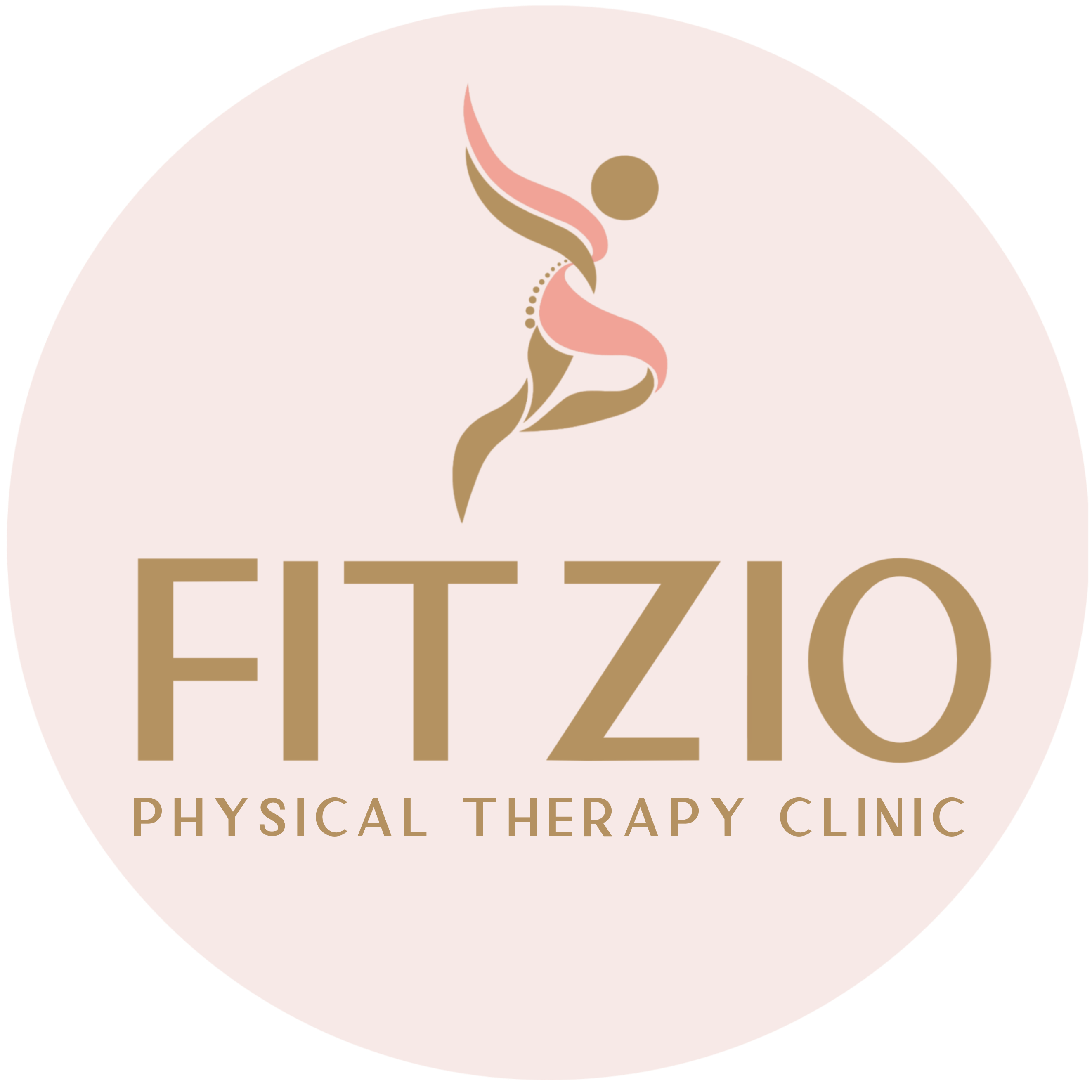Stage 03 – Active Self-care
Active Self-Care focus on to empower our patients to take charge of their recovery and overall health. After addressing pain and rebalancing the body, this stage focuses on teaching patients how to maintain their progress through personalized exercises and lifestyle habits. The aim is to build strength, improve mobility, and develop body awareness, so patients can confidently manage their health and reduce the risk of recurring issues.
Why Active Self-Care is Important
Recovery doesn’t stop at the clinic. Many injuries and chronic conditions stem from poor habits, lack of activity, or incorrect movement patterns in daily life. Research has shown that patients who actively engage in their recovery through consistent exercise and education experience better outcomes and fewer relapses (1). Active self-care is about giving patients the tools and knowledge they need to sustain their health independently.
How We Implement Active Self-Care
Tailored Exercise Programs
During this stage, we design customized exercise routines that fit each patient’s condition and lifestyle. These programs often include a mix of strengthening, stretching, and functional movements. For example, a patient recovering from shoulder pain may focus on exercises to stabilize the shoulder joint, while someone with low back pain might work on core and hip stability. A study highlights that individualized exercise plans improve adherence and long-term benefits compared to generic routines (2).
Posture and Movement Education
We teach patients proper posture and movement techniques to avoid straining their muscles and joints during everyday activities. For example, how to sit at a desk, lift heavy objects, or engage in sports safely. Studies confirm that posture and movement training significantly reduce the recurrence of work-related pain, such as office syndrome or back pain (3).
Building Healthy Habits
Active self-care also involves encouraging small, consistent changes to improve overall health. This might include reminders to take breaks during work, incorporating regular walks, or adding stretching sessions to a daily routine. These simple habits create a sustainable approach to health. Research shows that long-term lifestyle changes, such as increased activity and mindfulness, play a critical role in preventing chronic pain (4).
Research-Based Approach for Active Self-Care
Our approach is rooted in science. A clinical trial found that patients who actively participated in their care through exercises and education maintained their recovery longer and had fewer setbacks (5). Active self-care is not just a stage in recovery—it’s a long-term strategy for a healthier, pain-free life.
At FitZio, we see Stage 03 as a turning point where patients transition from being passive recipients of care to active participants in their well-being. By giving them the tools, knowledge, and confidence to take care of themselves, we help them move closer to a stronger, more independent future.
References:
- Diener I. Physiotherapy support for self-management of persisting musculoskeletal pain disorders. S Afr J Physiother. 2021 Oct 29;77(1).
- Poyhonen-Alho, Maritta K., et al. “The target matters–general vs. individualized exercise prescription for fertile-aged women with metabolic risk: a randomized controlled trial.” (2020).
- Jaromi M, Nemeth A, Kranicz J, Laczko T, Betlehem J. Treatment and ergonomics training of work-related lower back pain and body posture problems for nurses. J Clin Nurs. 2012 Jun;21(11-12):1776-84.
- Creswell JD, Lindsay EK, Villalba DK, Chin B. Mindfulness Training and Physical Health: Mechanisms and Outcomes. Psychosom Med. 2019 Apr;81(3):224-232.
- Argent R, Daly A, Caulfield B. Patient Involvement With Home-Based Exercise Programs: Can Connected Health Interventions Influence Adherence? JMIR Mhealth Uhealth. 2018 Mar 1;6(3):47.
